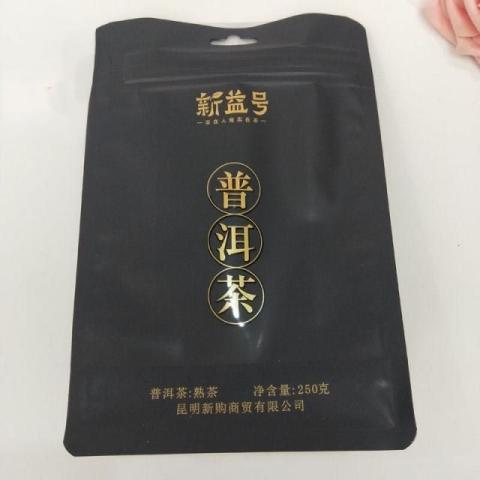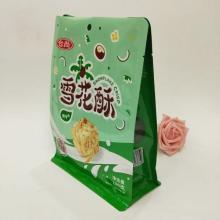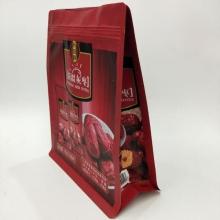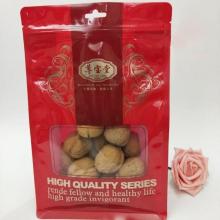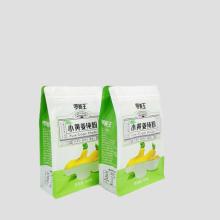Pu-erh tea bags refer to the external packaging materials specially used to encapsulate and protect Pu-erh tea, which is an important bridge connecting production and consumption. These bags not only bear the basic functions of protecting the quality of tea and extending the storage time, but also incorporate elements of brand culture and aesthetic design, making them an indispensable part of Pu'er tea culture. Common materials include plastic, aluminium foil composite material, non-woven fabric, kraft paper, etc. Each material has its own characteristics, aiming to meet the packaging needs in different scenarios.
Features
- Moisture resistance: Pu-erh tea is prone to moisture absorption, and the primary feature of the packaging bags is to have good moisture resistance to ensure that the tea is dry and to avoid mould or quality degradation caused by moisture.
- Antioxidant: Packaging materials need to be effectively insulated from the air to prevent the oxidation of tea polyphenols and other active ingredients in the tea, so as to maintain the freshness and aroma of the tea.
- Breathability: For Pu-erh tea that requires post-fermentation, moderate breathability helps the tea to age naturally, and some packaging designs will take this need into consideration, balancing the relationship between moisture resistance and breathability.
- Durability: Considering that tea leaves may need to be stored for a long period of time, the bags need to be strong enough and wear-resistant to protect the tea leaves inside from physical damage.
- Aesthetics: With the intensification of competition in the market, the design of the bags focuses more and more on aesthetics, showing the brand characteristics and enhancing the attractiveness of the products through exquisite patterns, text and structural design.
- Environmental friendliness: With the increasing awareness of environmental protection, more and more bags tend to use biodegradable or recycled materials to reduce the impact on the environment.
Applications
- Retail Packaging: For small quantity packaging directly purchased by consumers, such as single cake packaging, loose tea sachet packaging, etc. It is easy to carry and daily drinking, emphasising on portability and display effect.
- Collection-grade packaging: for high-quality or collectible Pu-erh tea, the bags are often more elaborate, using high-end materials, beautifully designed, and sometimes with additional anti-counterfeiting markings to ensure the collection value and authenticity of the tea.
- transport packaging: large-capacity bags are used for tea transport and storage, with an emphasis on protection and convenience to ensure the safety of tea in the logistics process.
- Eco-friendly packaging: in response to the trend of green consumption, environmentally friendly packaging bags are becoming increasingly popular, such as paper, non-woven and other materials, in line with the concept of environmental protection, without losing practicality.
- Cultural heritage and innovation: packaging bags are not only containers for protecting tea leaves, but also a medium for spreading Pu'er tea culture. Many packaging designs incorporate traditional patterns, calligraphy art or modern design concepts, which not only show the deep historical heritage of Pu'er tea, but also reflect the spirit of innovation with the times.
Application Category
Product Category

